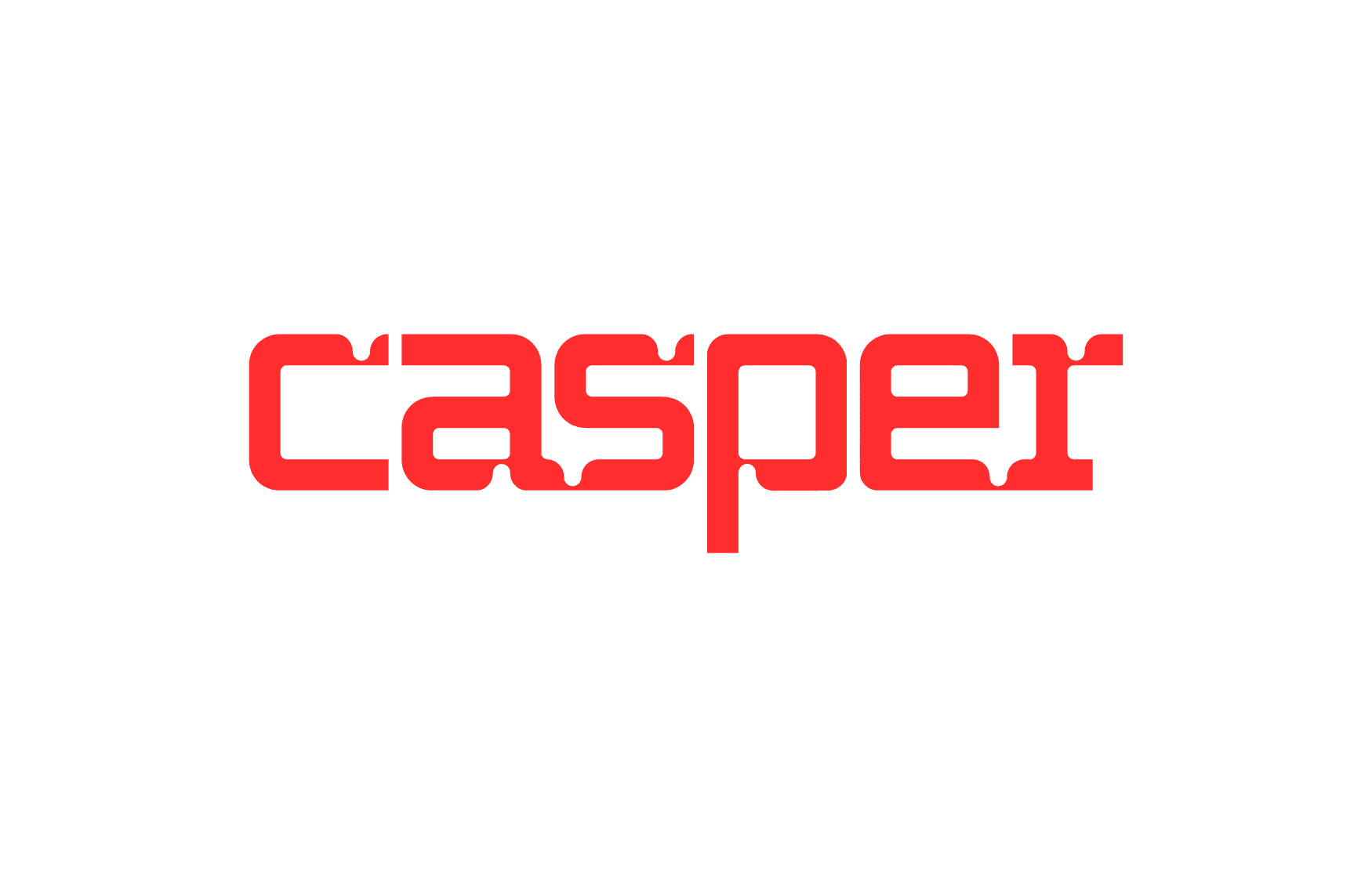Each day, the Intercontinental Exchange (ICE) asks banks and financial institutions worldwide to report on their interest rates for short-term loans to borrowers. With this survey of responses, ICE calculates the average of these interest rates and calculates the London Interbank Offered Rate, Libor for short. Libor acts as the global benchmark for interbank, institutional, and consumer loans, and serves as the benchmark for many other interest rates and financial instruments. As the Libor scandal surfaced in 2012, it became evident that Libor rates could be easily manipulated by reporting false interest rates to boost the global “average” to generate extra profits for financial institutions.
As the world’s largest banks each took part in amplifying this scandal and generating crony profits, the international lending industry was left questioning how to create a trustworthy benchmark for short-term loans. Dr. Richard Sandor, creator of AMERIBOR (American Interbank Offered Rate) and the American Financial Exchange, has found the answer to restoring confidence in an interest rate benchmark: Blockchain Technology.
Originating in 2015, AMERIBOR uses the Ethereum blockchain to record the interest rates on loans between small banks, asset managers, and others on a proof-of-authority platform in order to create a true average of the interest rates used between financial institutions. The proof-of-authority (PoA) network allows transactions to be verified by validators, which are software systems that automatically organize transactions into blocks on the Ethereum blockchain, removing the need for human validation. With the PoA AMERIBOR platform, institutions and borrowers perform their transactions over the American Financial Exchange in order to properly record the transaction and the associated interest rate.
In light of the Fed’s proposal for Libor to be phased out of institutions by 2021, Senator Tom Cotton recently questioned Fed Chairman Jerome Powell about the use of AMERIBOR for institutions who believe the benchmark better reflects their cost of funding, according to a Forbes article by Jason Brett.
Fed Chairman Powell responded to Senator Cotton, saying that:
“Market participants should seek to transition away from LIBOR in the manner that is most appropriate given their specific circumstances… AMERIBOR is a reference rate created by the American Financial Exchange based on a cohesive and well-defined market that meets the International Organization of Securities Commission’s (IOSCO) principles for financial benchmarks. While [AMERIBOR] is a fully appropriate rate for the banks that fund themselves through the American Financial Exchange (AFX) or for other similar institutions for whom AMERIBOR may reflect their cost of funding…”
Brett also covers Dr. Sandor’s sentiment on his implementation of blockchain technology within the American Financial Exchange, highlighting his statement on the matter, “We learned a great deal about this new and exciting technology and believe the blockchain has the potential to transform electronic trading and financial markets. AFX is committed to remain in the forefront of this new technology.”
AFX has certainly distinguished itself as a pioneer for the establishment of American trust in blockchain technology through their implementation of blockchain transaction validation within their exchange and AMERIBOR. In an interview with Barron’s, Sandor also states, “If you want to be on time, you’ve got to be early. You have to be anticipatory. The key is to develop an insight into a problem, to build an institution well before there’s a need.”
Because of Sandor’s foresight for the need of a more trustworthy system, his approach, built for small institutions, lenders and borrowers, has the potential to become the go-to financial exchange and interest rate benchmark for even the largest banks and institutions in the United States and across the world. While the AFX network includes 150 banks, broker-dealers, private equity firms, hedge funds, futures commission merchants and money managers, it trades a daily average of $1 billion USD, more than tripling the daily average from April 2018, according to the same Barron’s article. The increased daily trading average assures Sarson Funds that the AFX and AMERIBOR are certainly on track for widespread adoption.
Powell’s support of the institutional use of AMERIBOR to set a standard for lending rates in America is monumental for future blockchain adoption within the American financial system and is one step closer to the impending universal adoption of the technology. Sarson Funds commends Brett on his covering of this important milestone for the growing blockchain ecosystem.
By Jahon Jamali, CMO
Disclosures: Not investment advice. It should be assumed that Sarson Funds or its affiliated managers hold positions in all projects that are discussed. It is not possible to invest in any project directly through Sarson Funds, Inc. or its affiliated managers. Any investment product offered by managers affiliated with Sarson Funds should be assumed to be only available to Accredited Investors and subject to the individual terms and conditions of that offering including but not limited to those eligibility requirements associated with U.S. Securities Regulation D, section 506c. Talk with your financial advisor before making any investment decisions or have them contact Sarson Funds directly at info@sarsonfunds.com








